The Dao people of Binh Lieu happily go to the market after each bumper crop.
From the story of young man San Chi creating a golden tea flower ecosystem
In 2014, when I heard that Mr. Ninh Van Trang (Dap Thanh commune, Ba Che district) had established a business - Dap Thanh Forestry Products Trading Joint Stock Company, I was surprised. Before that, this young man from San Chi had never left his village, nor could he speak Vietnamese fluently. He was known as a person who specialized in collecting yellow camellia flowers from the forest to dry and make tea, moving and planting yellow camellia flowers from the forest to the garden, and at the same time actively propagating yellow camellia flowers.
Talking about this turning point, Mr. Ninh Van Trang said: At that time, the authorities were implementing the OCOP program. My dried yellow tea flower product was also reviewed to be included in the OCOP product list. Following the government's instructions, I completed the procedures to establish a business, the initial purpose was to receive policy support for planting and selling yellow tea flower seeds, and processing products from yellow tea flower trees. Later, from the scale of business production, I easily linked up with many people to produce and expand the raw material area for growing Ba Che yellow tea flower trees...
Mr. Ninh Van Trang (2nd from left) introduces his 5-star OCOP product, golden flower tea.
With his efforts and continuous learning, Mr. Ninh Van Trang not only gradually approached and operated the business effectively and in accordance with regulations, but above all, Mr. Trang succeeded in growing and processing yellow flower tea products, linking production with many households in the area, expanding the raw material area for growing yellow flower tea, turning Ba Che yellow flower tea from a product of indigenous mountains and forests into a commercial product, becoming a prestigious agricultural brand of Quang Ninh that "flys far" throughout the country.
Currently, Mr. Ninh Van Trang regularly cooperates with 10 production households, which are the largest yellow tea flower growers in Ba Che district, and at the same time, has seasonal cooperation with about 100 households inside and outside the province, which are households supplying seeds and materials for growing yellow tea flowers, supplying raw yellow tea flower sources, cooperating in using freeze-drying services for agricultural products, and linking in distributing and trading yellow tea flower products...
The batch of yellow flower tea was dried by Mr. Ninh Van Trang using freeze-drying technology.
In recent years, each year Mr. Trang sells nearly 10,000 seedlings, purchases and processes about 6-7 tons of fresh yellow camellia flowers, creating post-processed products such as dried yellow camellia flower tea, yellow camellia tea bags, dried yellow camellia leaf tea... The quality of Mr. Ninh Van Trang's Ba Che yellow camellia tea products is highly appreciated, in which the dried yellow camellia flower tea product has just achieved the title of national 5-star OCOP product, one of 5 OCOP products of Quang Ninh achieving national 5 stars. This is also the main product of the enterprise, bringing in revenue of about 4 billion VND/year.
The success of Mr. Ninh Van Trang is a journey full of effort and has a spreading effect on ethnic minorities in and outside Ba Che district. This enterprise is expected to grow stronger and stronger because it has formed a close production link, creating a production area and ecosystem of Ba Che golden flower tea.
San Chi women in Huc Dong commune, Binh Lieu district are attached to the traditional profession of processing cellophane noodles.
To the people of the whole district unite to raise native chickens
In Tien Yen land, Tien Yen chicken is a long-standing native breed. Famous for its yellow skin, soft, sweet meat, it is a product offered to the king, a delicacy recorded in books, but there was a time when Tien Yen chicken was very rare, diners wanted to eat it but could not afford to buy it. In 2012, after a comprehensive review of the chicken flock in the whole district, the actual number showed that it was only 6,000, not equal to the number of chickens raised by a household in the industry today.
Determined to develop chicken flocks, Tien Yen district has gradually implemented activities to select grandparent and parent chickens, restore chicken breeds, apply artificial insemination technology to master chicken breeds... In particular, Tien Yen district has implemented the "2 chickens, 1 tree" project, in which Tien Yen chickens are the mainstay. These timely actions have encouraged people to participate in raising Tien Yen chickens, especially ethnic minorities in the area, creating linkage chains in chicken raising, thereby restoring and sustainably developing the native chicken flock that had seriously declined in number.
The chicken flock of Mr. Phoong Phu Menh's family, Na Ca village, Phong Du commune, Tien Yen district.
The 2024 report of Tien Yen district shows that the total chicken flock of the district in the year reached 1.36 million, with a revenue of more than 400 billion VND. This figure is calculated on the total chicken flock raised in 400 facilities and 7 Tien Yen chicken farming cooperatives with a scale of 5,000 chickens/year or more and about 300 households regularly have a flock of 3,000 chickens or more, not counting the number of small-scale farming households. These large-scale chicken farming households have achieved high levels of farming, forming many modern farming models such as free-range farming, semi-free-range farming under the canopy of planted forests on land as well as mangrove forests, raising chickens according to local food rations, raising herbal chickens, etc.
In the process of restoring and developing chicken flocks, Tien Yen district has formed communes and villages that concentrate on raising Tien Yen chicken flocks, of which Na Ca village of Phong Du commune is currently the village raising Tien Yen chickens with the largest number in the district. The whole village has over 50 households, all of whom are ethnic minorities, of which 37 households raise chickens with a quantity of 5,000 chickens/household per year. In 2024, Na Ca's total Tien Yen chicken flock will be 1.3 million chickens, with an average profit of 50 million VND/1,000 chickens. Mr. Phoong Phu Menh, Head of Na Ca village, said: Chicken raising households in the village have set up a common zalo, many households in the village have coordinated with each other into fixed groups, regularly reporting and jointly handling situations of epidemics, fluctuations in market prices, jointly buying and selling food or chemicals to prevent epidemics to enjoy reasonable prices...
Tien Yen chickens are raised free-range and fed mixed feed, so they have good quality.
Ms. Do Thi Duyen, Head of the Department of Agriculture and Environment of Tien Yen district, said: More importantly, almost all large-scale Tien Yen chicken farms are currently linked together according to the model of group linkage, club model... Currently, Tien Yen has a club of 10,000 chickens, a model of linkage for raising, slaughtering, and commercial distribution, a model of linkage by group to buy and sell food and medicine to prevent diseases for chicken flocks, a model of linkage by group of households raising herbal chickens... These linkages create mutual support, constraints, joint management, supervision of product quality, joint regulation of total flock quantity, regulation of output and input product quantity to avoid over-dependence on the market or traders, leading to passivity...
From the linkage of raising indigenous chickens, Tien Yen district has the largest chicken flock in the province, the poultry farming economy has developed, the lives of people, especially ethnic minorities in mountainous communes and villages have been improved, stabilized and developed sustainably.
Mr. Tran A Hoang, Huc Dong commune, Binh Lieu district introduces cellophane noodles to customers.
In recent years, ethnic minorities across the province have competed in labor production and together created production links. The names Ninh Van Trang and Trieu Quay Phuc developed forestry economy; Trieu Kim Vay raised bamboo rats in Don Dac commune; Ly Van Henh and Dang Van Hung grew Morinda officinalis in Nam Son commune; Dam Cuong grew Thanh Son yellow tea (all in Ba Che district); San A Sec in Hai Son commune (Mong Cai city), Phoong Phu Menh, Ly Duc Bao in Phong Du commune (Tien Yen district), Duong Phuc Thim in Dong Van commune, Tran A Hoang in Huc Dong commune (all in Binh Lieu district)... and many other typical examples throughout the province, not only create jobs and income for themselves and many neighboring households, but also create strong agricultural economic models, have influence and spread in the community, creating a sustainable agricultural ecosystem owned by ethnic minorities, in mountainous, border and island areas of Quang Ninh.
Vietnam China
Source: https://baoquangninh.vn/he-sinh-thai-san-xuat-cua-dong-bao-vung-cao-3356129.html


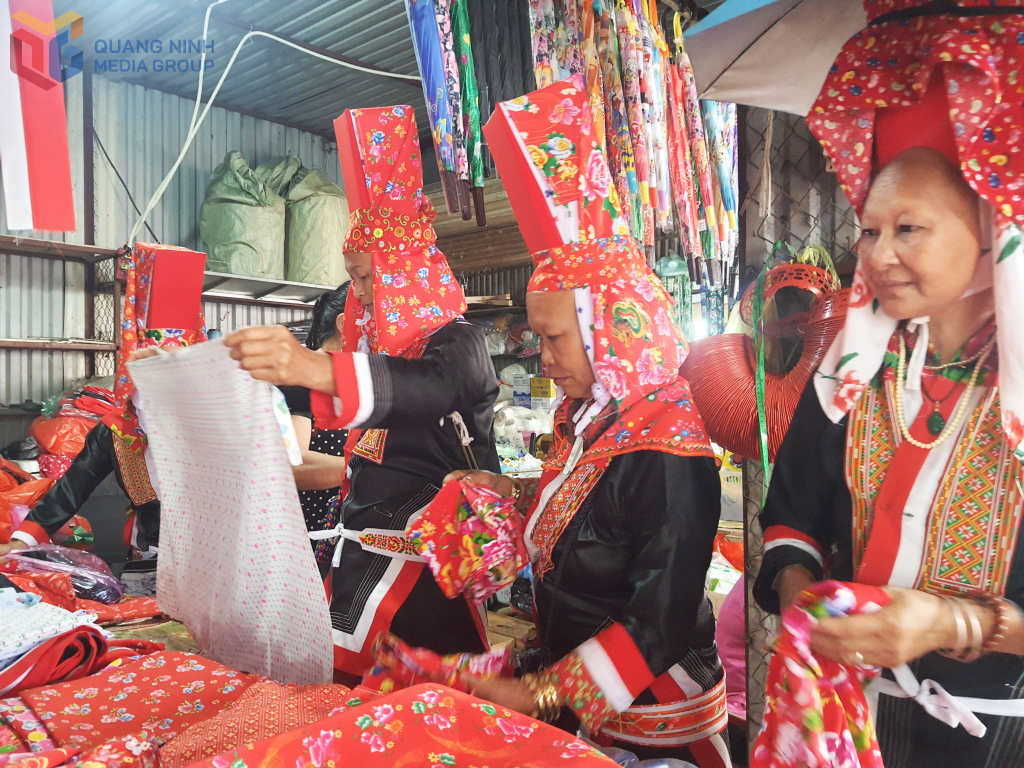
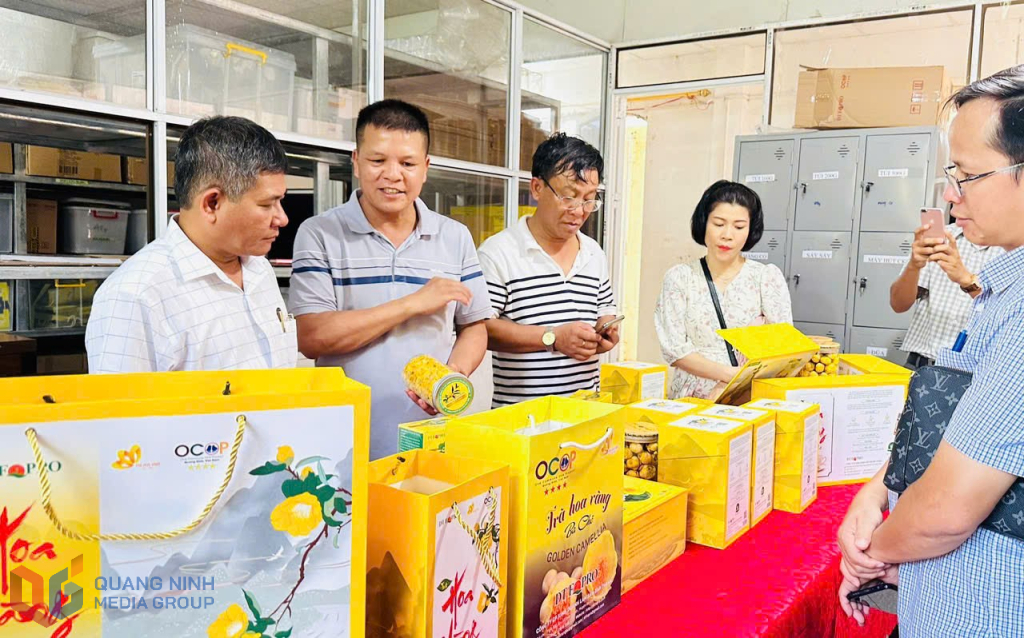
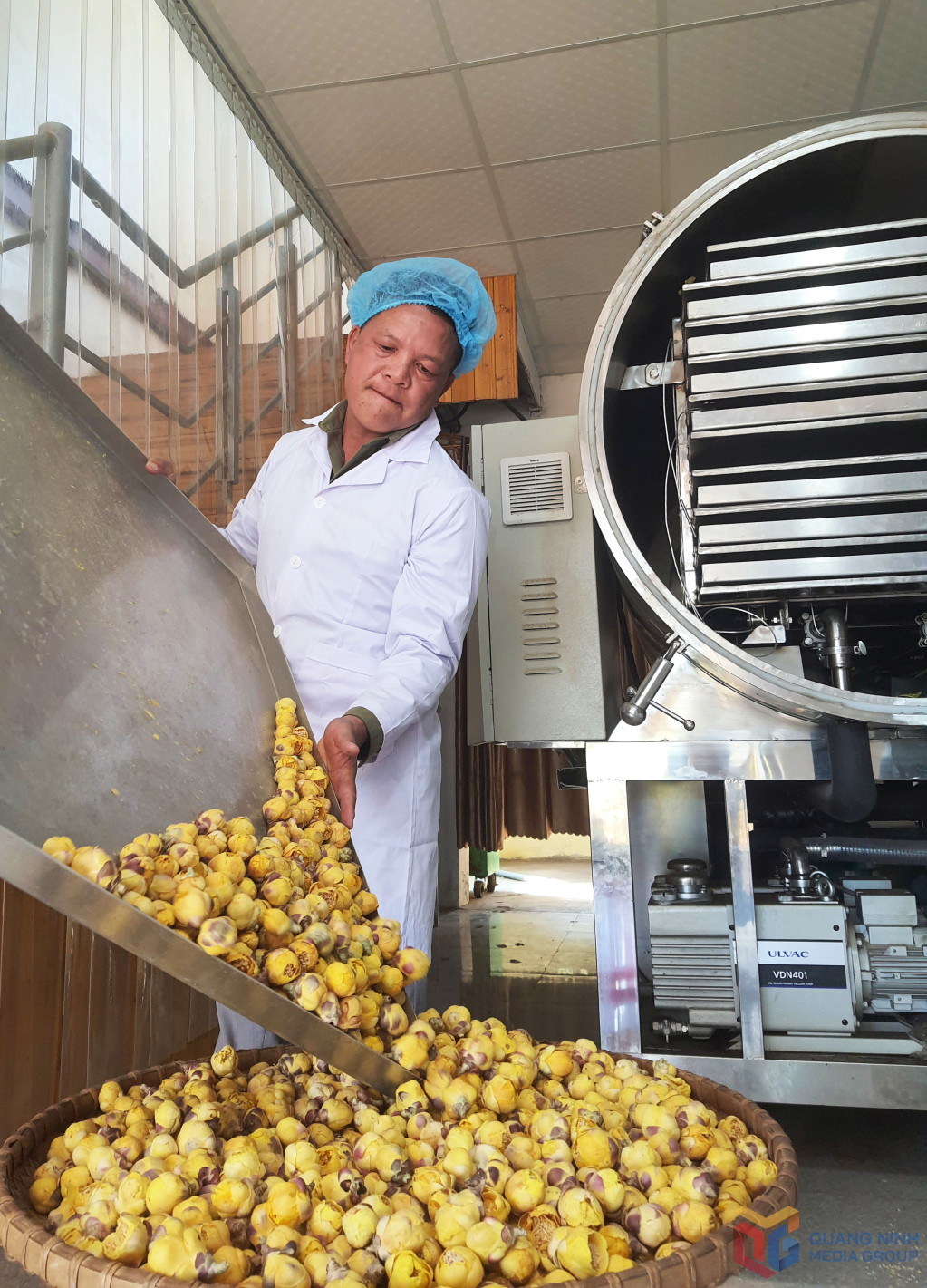
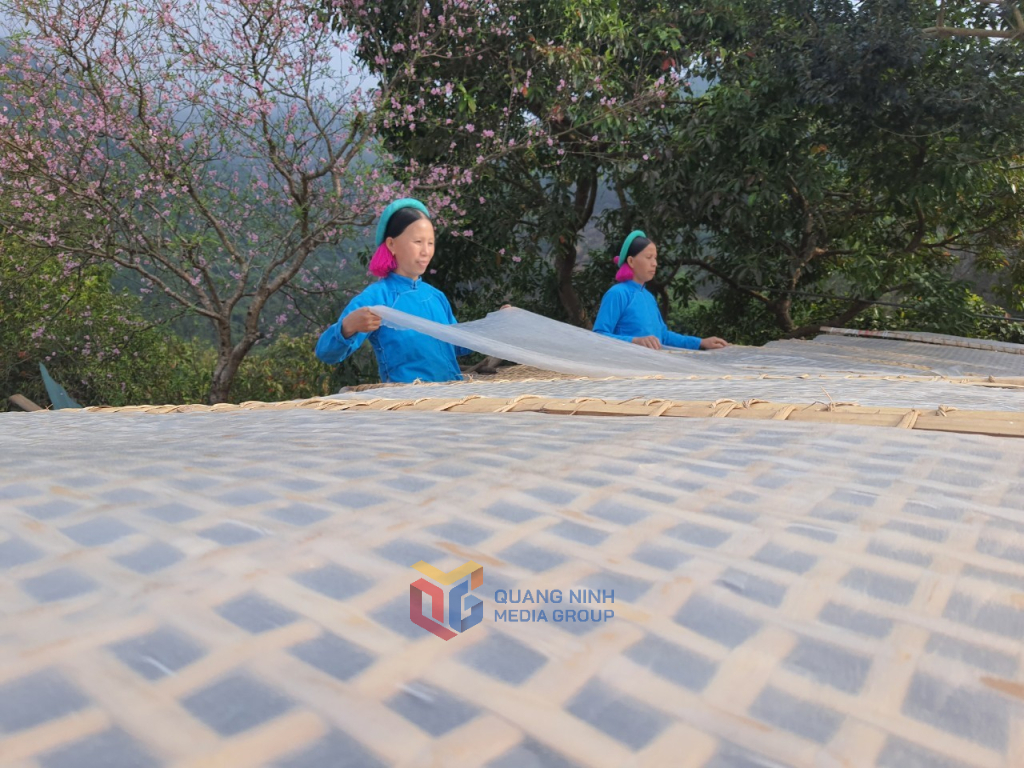
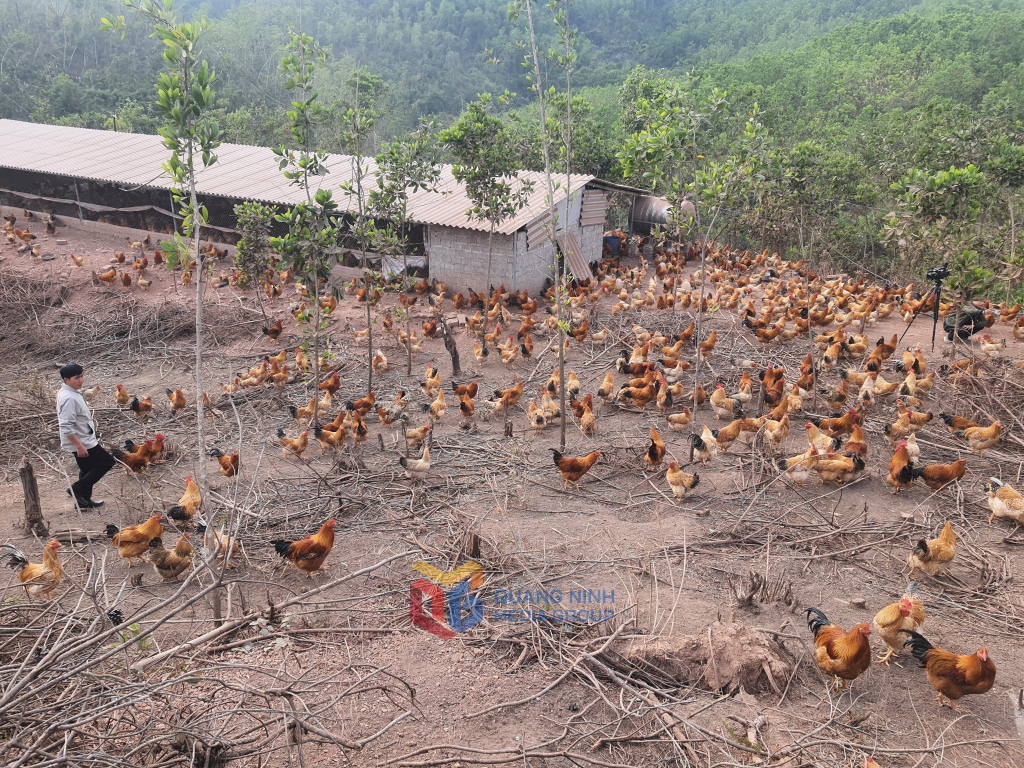
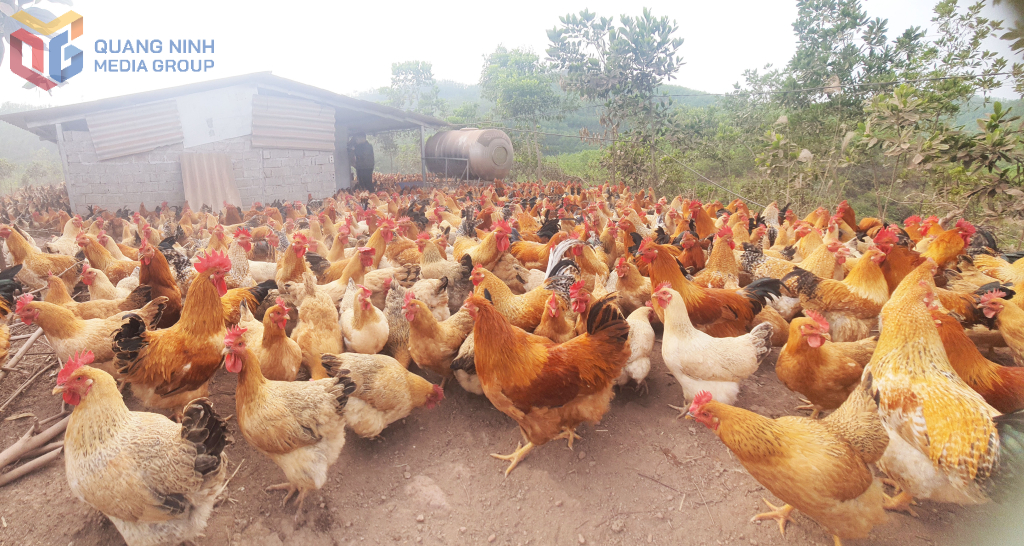

![[Photo] Prime Minister Pham Minh Chinh attends the event "Digital transformation of the banking industry by 2025"](https://vphoto.vietnam.vn/thumb/1200x675/vietnam/resource/IMAGE/2025/5/29/0e34cc7261d74e26b7f87cadff763eae)




![[Photo] Prime Minister Pham Minh Chinh receives leaders of Excelerate Energy Group](https://vphoto.vietnam.vn/thumb/1200x675/vietnam/resource/IMAGE/2025/5/29/c1fbe073230443d0a5aae0bc264d07fe)

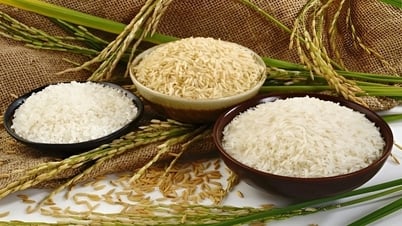





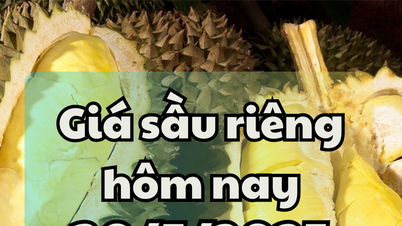







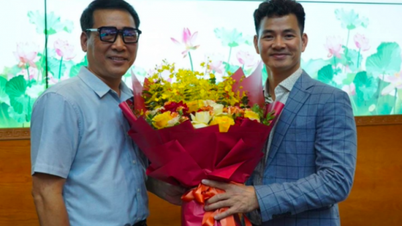

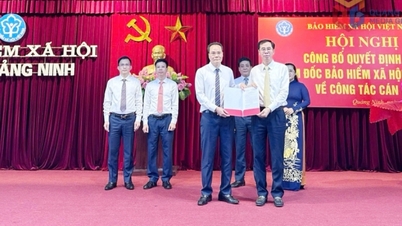

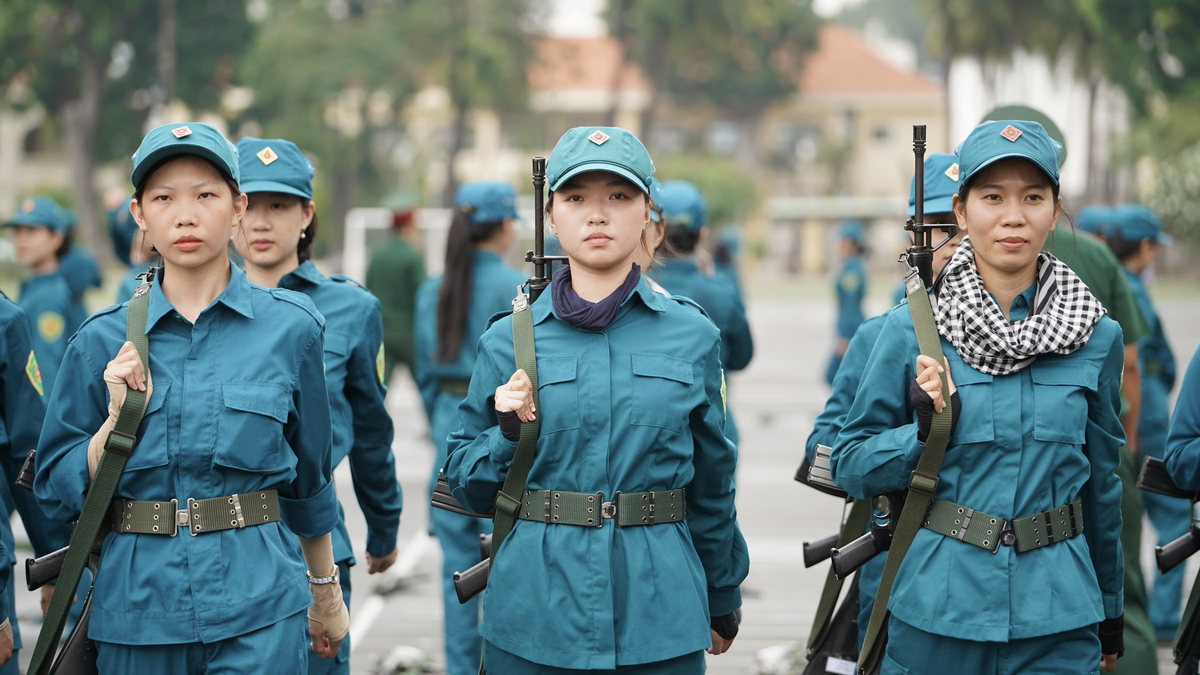
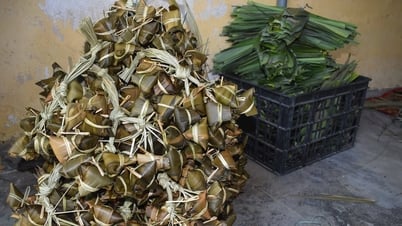
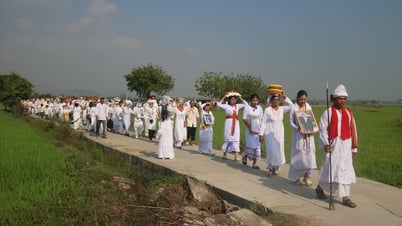

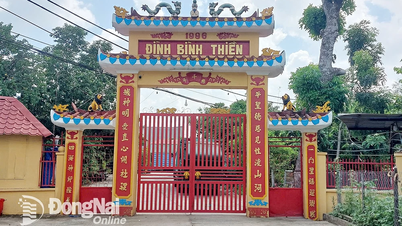


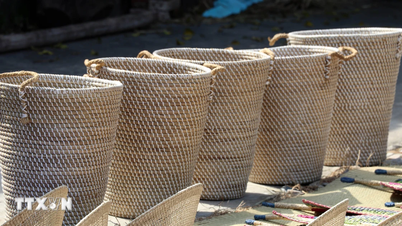






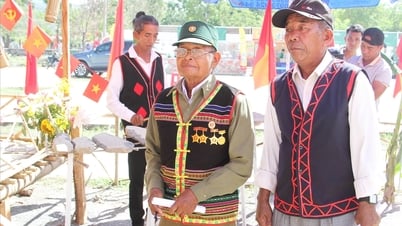
























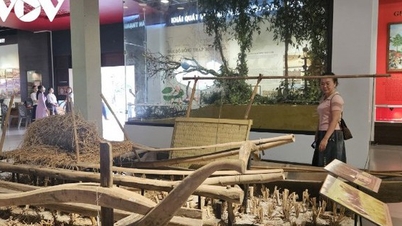

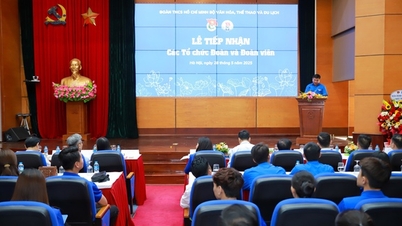



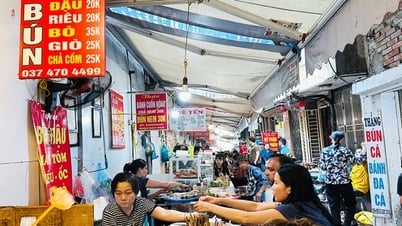

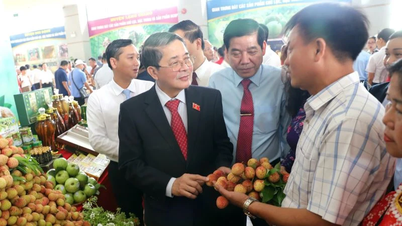



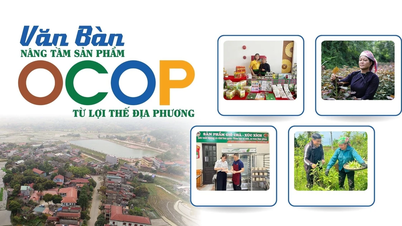


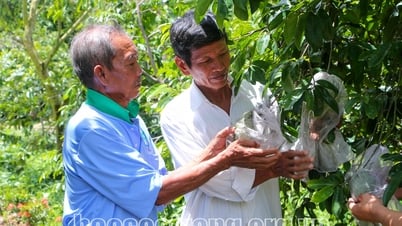





Comment (0)